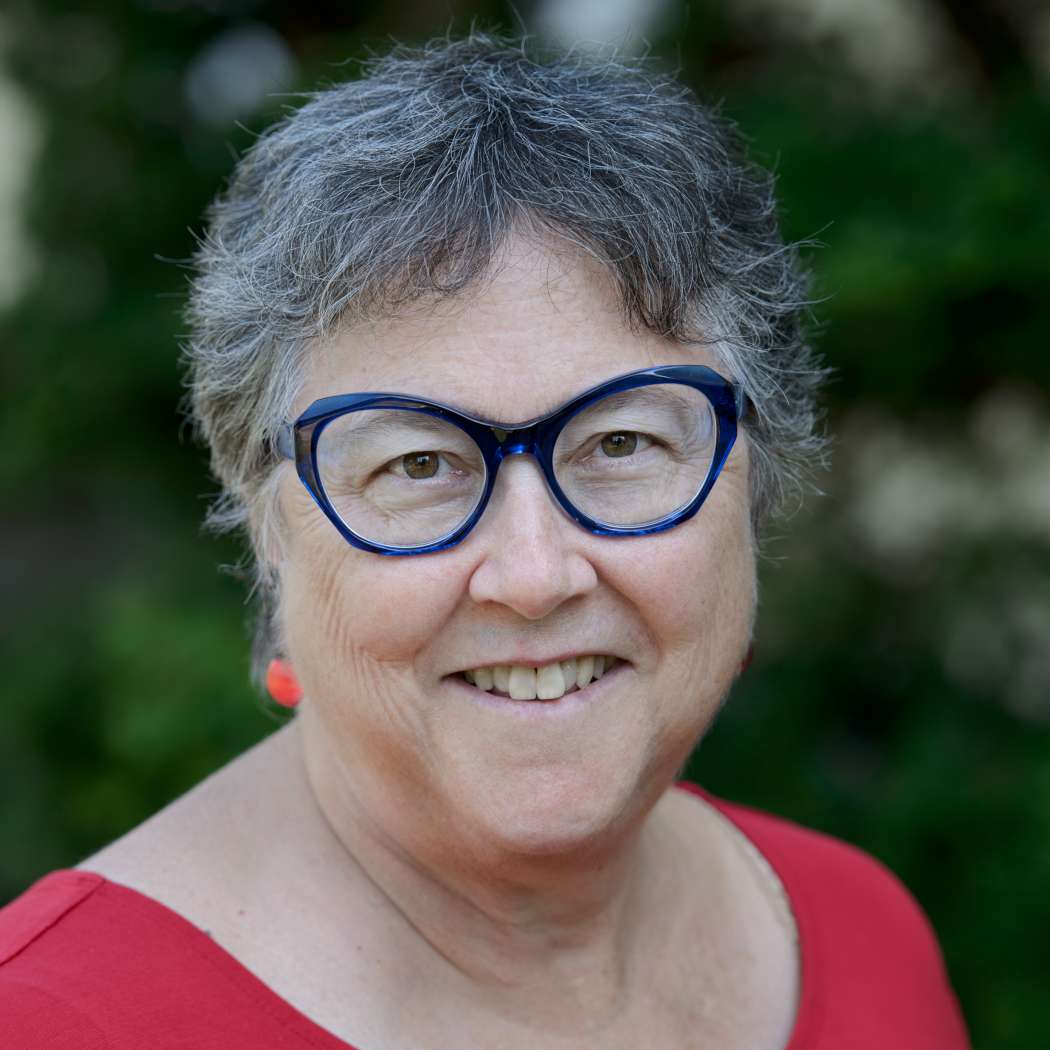Press Release
Let New Yorkers rank their candidates: It’s long past time to overhaul the way elections work
Yesterday, in one of the most crowded races in New York City history, Jumaane Williams won his campaign for Public Advocate against 16 other candidates with 33% of the vote. Erich Ulrich came in second with 19% and Melissa Mark-Viverito third with 11%. The remaining 14 candidates got anywhere from 0.25% to 8%.
That’s right. A tiny fraction of New Yorkers — only 8.6% of active voters — turned out to elect the second most powerful politician in the city, and the victor didn’ t come close to a majority. The process, which we’ll repeat again in June and November, will ultimately cost taxpayers many millions more than the office’s relatively small $3 million budget.
It doesn’t have to be like this: New Yorkers can have ranked-choice voting.
Ranked-choice voting allows voters to express their preferences for a variety of candidates by ranking their top five choices. If on election day when all the first-choices are counted there is one candidate who collects a majority of the first-place votes, that candidate wins.
If there’s no majority, then the last-place candidate is eliminated and their votes re-allocated according to voter preferences. The process is repeated until there’s a majority winner.
It’s not a new idea — other cities like San Francisco, Minneapolis and Santa Fe, have implemented ranked-choice voting to revolutionize the way candidates campaign. It forces them to reach beyond tribal bases to build consensus across a broad range of constituencies. As a result, elected representatives more accurately reflect the will of the people rather than a patchwork of voting blocs.
Advocates have worked for years to fix city election laws, making it easier for all people, not just entrenched politicians, to run for office. With the combination of term limits for City Council together with small dollar public matching funds, we see increasing numbers of diverse candidates in multi-candidate races. This is a good thing, but ranked-choice voting is the next step in further democratizing our elections.
When we’re spending our tax dollars through matching funds, we expect our elected officials to make broad arguments for why they’re the best choice — not just pander to one or two groups. We see elected officials, over and over again, work to capture just enough votes so they win without working towards consensus. It’s time we changed that.
Just look at our past three election cycles: Sixty-three percent of multi-candidate primaries were won with less than 50% of the vote, 30% were won with less than 40%, and nearly 10% were won with less than 30%. And a majority of our City Council members won their primaries — which virtually guarantees election in November — without majority support in their districts from the primaries. That’s not really democratic representation.
Ranked-choice voting also helps change the composition of what our government looks like. According to a study done by Fair Vote, in the four Bay Area cities that use ranked-choice voting, candidates of color have won 62% of those races, as compared to only 38% prior.
Another benefit is that ranked-choice voting puts an end to accusations that multiple candidates from the same community are spoilers. Voters can vote for their preferred first choice without worrying about inadvertently electing an undesirable candidate. It also lessens the incentives to attack each other through negative advertising, a big benefit in an era lacking in civil discourse.
Instituting ranked-choice voting now could have a dramatic effect on our upcoming New York City primary elections in 2021. The incumbents will be term-limited in approximately 70% of the City Council, all five borough presidencies, as well as the offices of the controller and the mayor. We can expect 200 candidates at a minimum to compete for open council seats, probably more, and crowded primaries for the remaining executive offices.
The New York City Council’s Charter Revision Commission is currently reviewing recommendations for this November’s ballot. The 15-member commission has the opportunity to transform the way New Yorkers vote and candidates campaign.
New Yorkers deserve a chance to rank. Let them.
